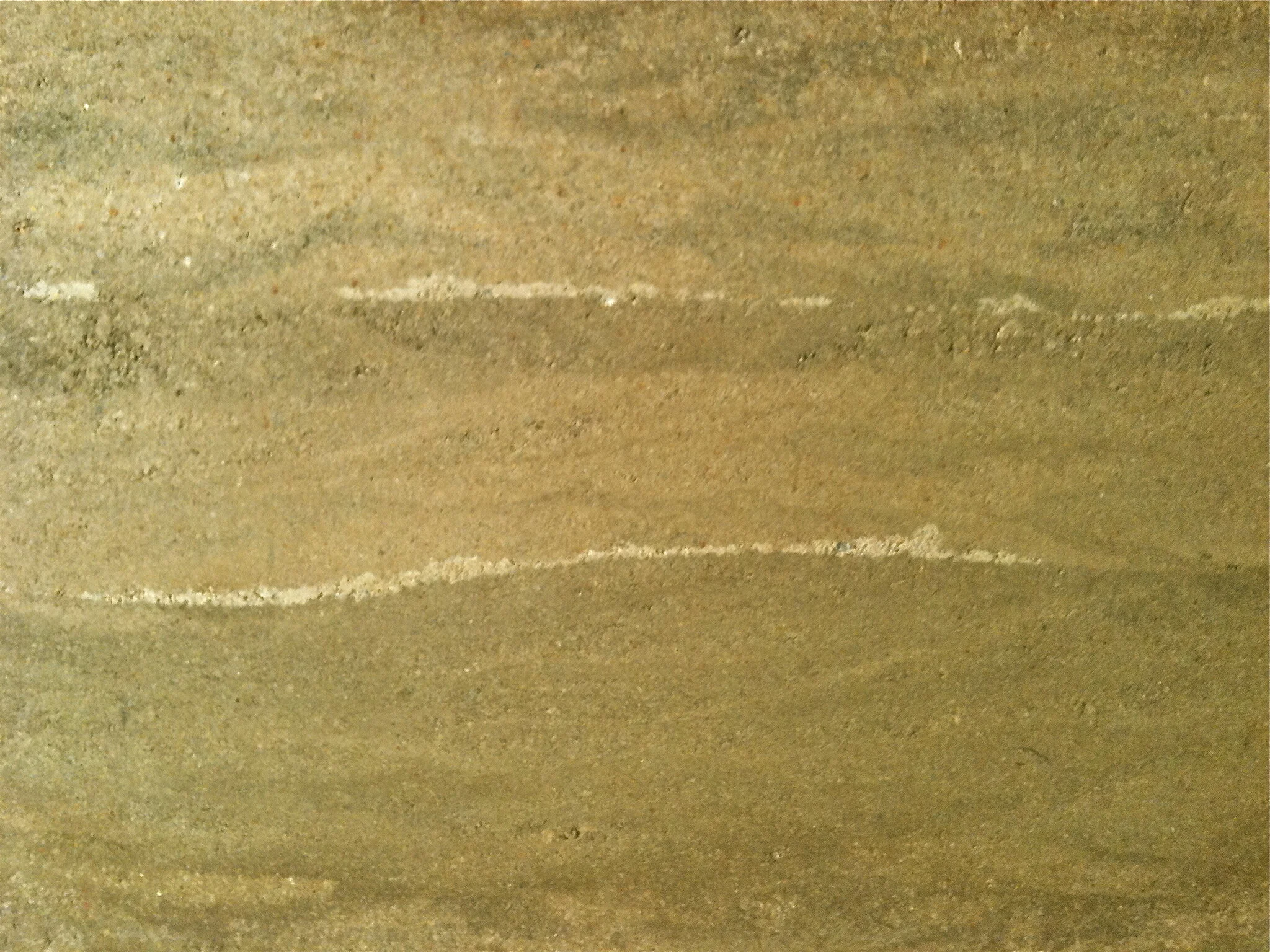Thermal efficiency
This includes thorough insulation of floor, walls and ceiling. Eliminating drafts and air leaks by foam sealing all gaps, and using double glazed windows with good seals. Another major step towards thermal efficiency is the addition of thermal mass - usually in the form of masonry.
This can include rammed earth, concrete, stone, brick or core filled block work etc. Placed in strategic positions, throughout the building, can absorb solar energy during the warmth of the day, and slowly release its warmth into the home during the cool of the night. This stabilises indoor air temperature and eliminates sudden temperature fluctuations inside the home.
Once put into place, thermal mass continues to store and release energy at no extra cost, for hundreds of years. This makes thermal mass a good investment.
Careful consideration and selection of building materials also plays a key role in the building’s thermal efficiency.
These are the some of the significant steps towards achieving thermal efficiency, there are many more smaller factors that contribute as well.



